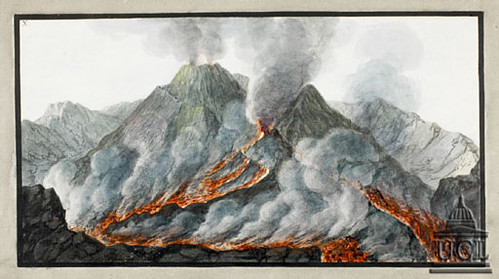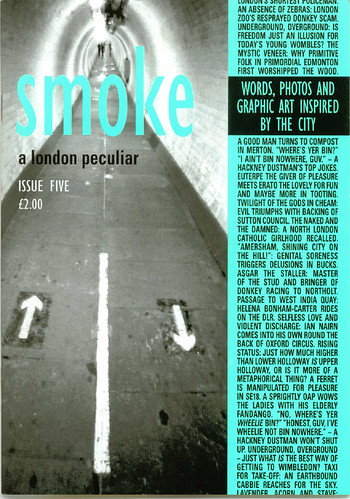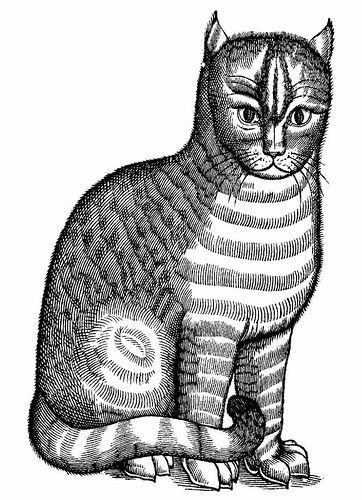Greetings from Singapore
Posting from the free internet at Singapore airport. Why can't Heathrow or Charles de Gaulle be like this? Everything is clean, easy-to-find, and it all just works! Checking in with BA at Heathrow was its normal bedlam - haven't they noticed there are never enough staff?
Anyway, please excuse any infelicities in this post - after a 12-hour stopover in the airport hotel I'm not in too bad a condition for the onward leg to Australia in general, except my stomach thinks it is dinner time, even though the sun is just rising over the airport (not that you can see it through the mist) and my head isn't sure what time it is. Blogger's slow, so does that mean it is US peak time? (Not sure any more!)
Plane reading was Neal Stephenson's Quicksilver - 900 pages of well-reviewed historical novel seemed about right for 12 hours. It wasn't quite, however, since it is a bit too slow and discursive for that job, although a fine novel in many respects. I'll be reading the next two volumes, but at a more leisurely pace.
There are lots of wonderful details. A couple I wrote down:
* Bewilderment, in its ancient and literal sense of being cast away in a trackless wild ... (p. 47)
* The origins of the cravat were apparently "Louis XIV's Croatian mercenaries had made a practice of tying their giant, flapping lace collars down so that gusts of wind would not blow them up over their faces in the middle of a battle or duel" (p. 179
* But on p. 649 there are dacoits in India, isn't this a bit early for the world have made it to Europe?
The main female character Eliza, later "Countess de la Zeur", is an absolute delight - she spends her youth in an eastern harim, and has the wits and knowledge to prove it, plus a healthy dollop of physical courage. Her sometime companion, a self-declared Vagabond, is also lovely - seemingly heavily based on the picaresque novels of the time.
The tying-togther male, if not central character, is Daniel Waterhouse. I don't know if he's historical, I guess so? He's left at the end having the operation for "the stone" that Pepys had, and we know he survives. But he does seem a bit flat: maybe in the next volume?
For those unaware of the novel is the 1660s to 1680s (although it also ventures into the early 18th century, starting with a Boston (US) witchburning, the significance of which has yet to be established. This book also leaves one of the main characters on a boat pursued by a determined pirate - I don't mind multi-volume works, but I do think each should stand on its own.
This is a minor quibble, however. I do feel that Quicksilver took me out of 747 cattleclass into another world. It is great on descriptions of cities, and vignete character sketchs. I enjoyed the time with Liebnitz (presented as a rather decent character), Isaac Newton (rather less so) and Robert Hooke (unusually sympathetically treated, although perhaps not if you are a dog-lover).
I wasn't really in the mood to get heavily into the intellectual history, but there's plenty there to ponder, and a prodigious amount of research. Tougher editing might have benefitted this book - there is perhaps a 600-pager in it struggling to get out - but it is well worth sticking with the slow patches.
Next, The Da Vinci Code. Everyone I respect has slated it, but for the second-half of a 24-hour journey the intellectual level seems about right, and I do have an alternative if it drives me mad.










